Words from the Iceland University of the Arts BA Degree Show 2023, Dynamo:
“A dynamo converts energy and creates forward motion. The exhibition name suggests a sense of flow and movement, as well as the idea of multiple elements coming together to create a unified whole.
A dynamo is also a person who has boundless energy, enthusiasm, determination and ability.
Springing out of adverse conditions, our students display the resilience of a powerful machine that looks to the future. ¡BANG!
Dynamo celebrates the final burst of creativity of our students before they enter the world to become tomorrows innovators. ¡BOOM! “
“A dynamo converts energy and creates forward motion. The exhibition name suggests a sense of flow and movement, as well as the idea of multiple elements coming together to create a unified whole.
A dynamo is also a person who has boundless energy, enthusiasm, determination and ability.
Springing out of adverse conditions, our students display the resilience of a powerful machine that looks to the future. ¡BANG!
Dynamo celebrates the final burst of creativity of our students before they enter the world to become tomorrows innovators. ¡BOOM! “
Graduation Works 2023: Dynamo
By: Ásgerður Ólafsdóttir, Guðrún Kolbeinsdóttir, Hlynur Arnarson, Hrafnhildur Gunnarsdóttir, Kamilla Michelle Rún Henriau, Logi Pedro Stefánsson, Móna Léa Óttarsdóttir, Svala Grímsdóttir & Valgerður Birna Jónsdóttir
Course: BA Graduation Project, Spring 2023
Tutors: Rúna Thors, Johanna Seeleman, Elín Margot & Bryndis Björgvinsdóttir.
By: Ásgerður Ólafsdóttir, Guðrún Kolbeinsdóttir, Hlynur Arnarson, Hrafnhildur Gunnarsdóttir, Kamilla Michelle Rún Henriau, Logi Pedro Stefánsson, Móna Léa Óttarsdóttir, Svala Grímsdóttir & Valgerður Birna Jónsdóttir
Course: BA Graduation Project, Spring 2023
Tutors: Rúna Thors, Johanna Seeleman, Elín Margot & Bryndis Björgvinsdóttir.

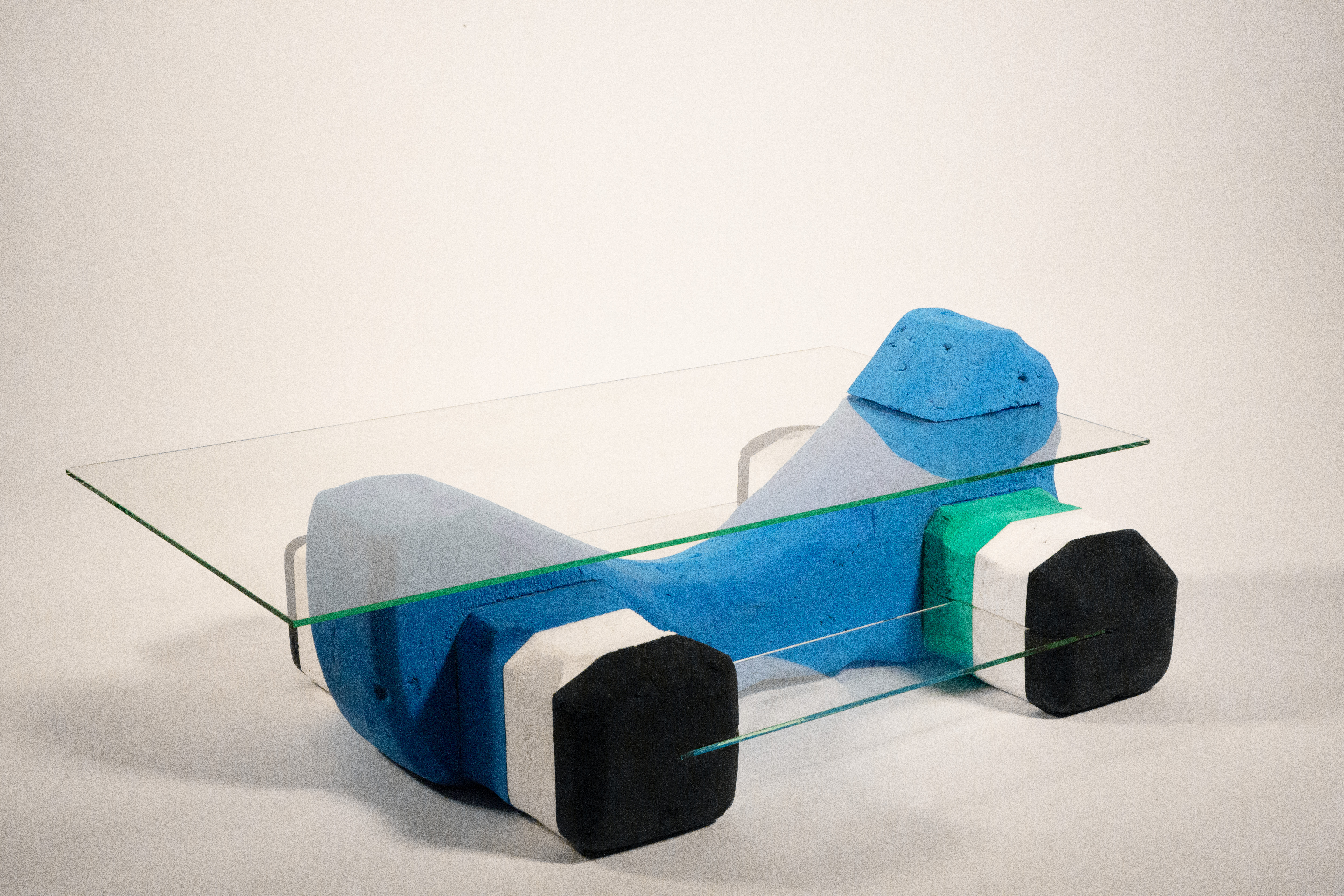

Ásgerður Ólafsdóttir / Float Glass
Iceland is the only country in Europe that does not recycle any of its glass, yet glass can be recycled again and again. Of all the advantages that glass has, we have chosen to send it to the landfill again and again. The sand used in glass production is a depleting resource and therefore it is questionable to view glass as a disposable material. Sculptural furniture made from offcut glass and discarded pool floats shine a light on the possibilities of materials we have categorised as unusable. Let us use the glass, finally returning it to its original form of sand.

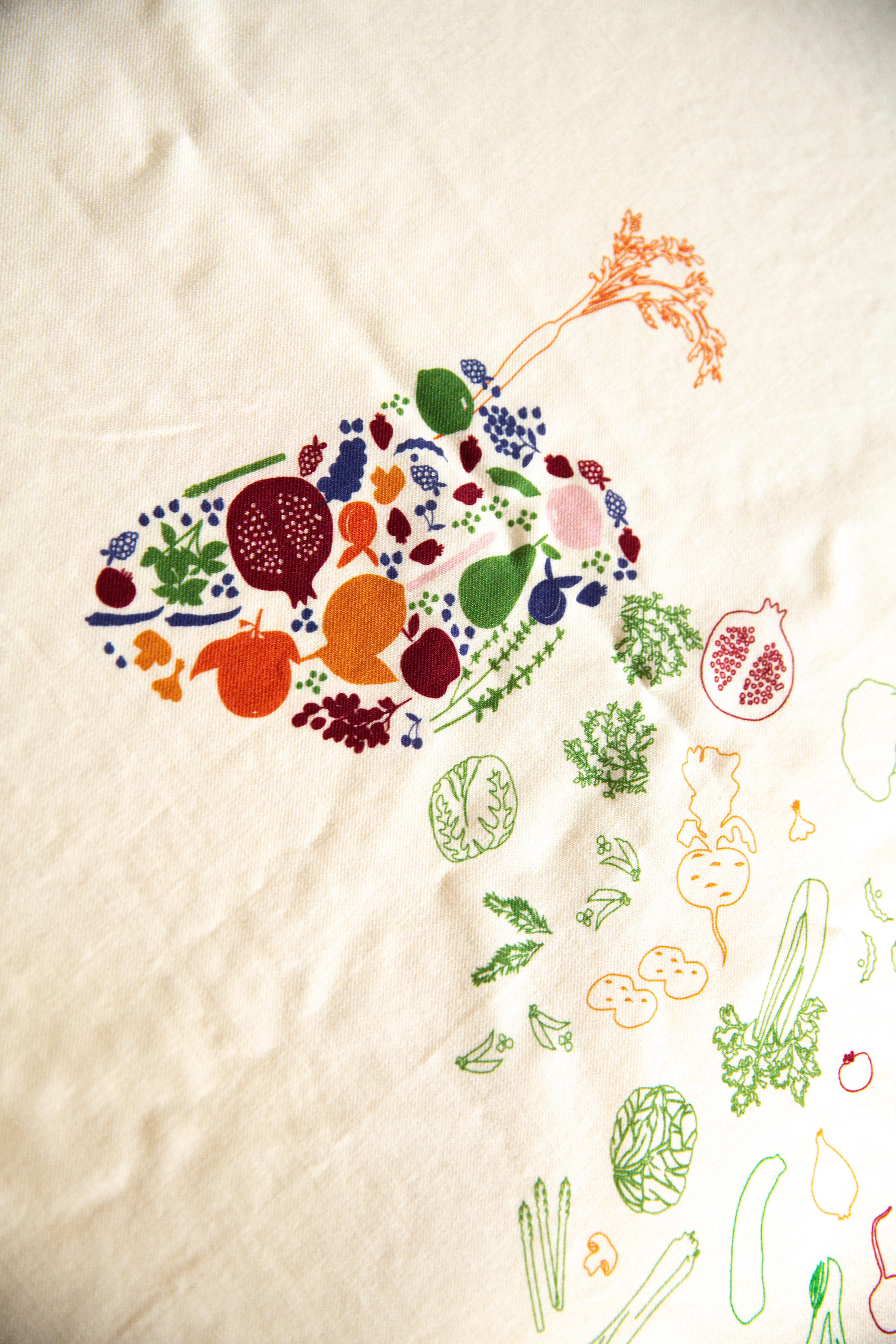

Hrafnhildur Gunnarsdóttir / Harvest
Harvest aims to show the possibilities of growing more fruits, vegetables & beans in Iceland. The project is a re-creation of the Icelandic feast, Þorrablót, where the meat has been replaced with plants. How would seasonal locally grown vegetables, fruits and beans be preserved over winter, in the way that Icelanders used to preserve meat in the old days? This project is a conversation starter about Icelandic food production with dining experience. If we change the food production system to support modern consumption habits – in which old unused sheepfolds are changed to greenhouses, how would that affect our food culture?
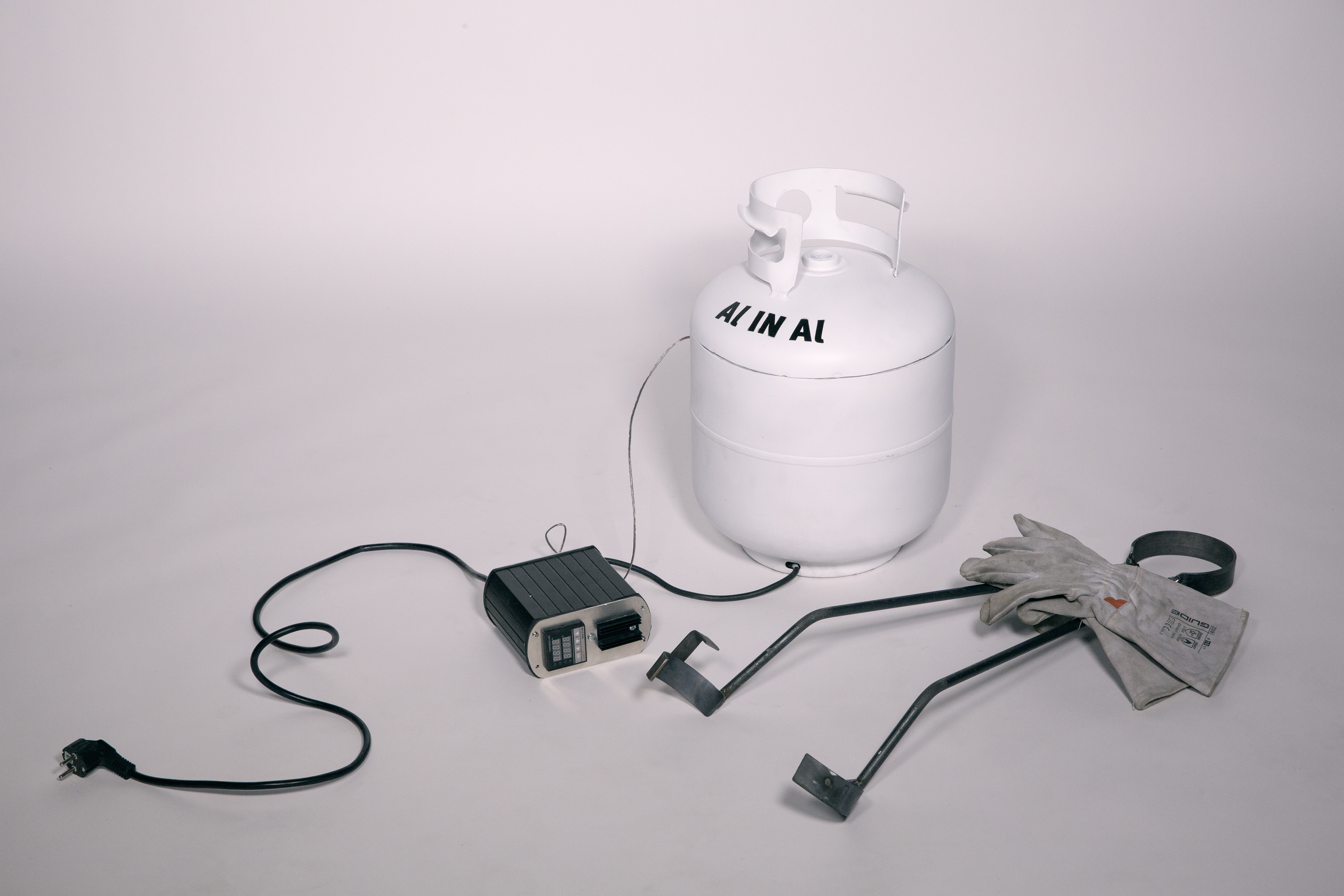
Kamilla Michelle Rún Henriau / Al in Al
In a small-scale casting workshop, people are invited to join the process of transforming and reshaping aluminium. By scaling down the industrial process of melting and forming aluminium, participants are invited to get to know the process, rethink their relationship with aluminium and get to know the material in new context. The production of aluminium is one of the most polluting manufacturing processes, but in regular discussions in Iceland, the material itself is often overlooked. This project raises questions about the value of the material and the urgency of understanding and respecting its unique reshaping properties.


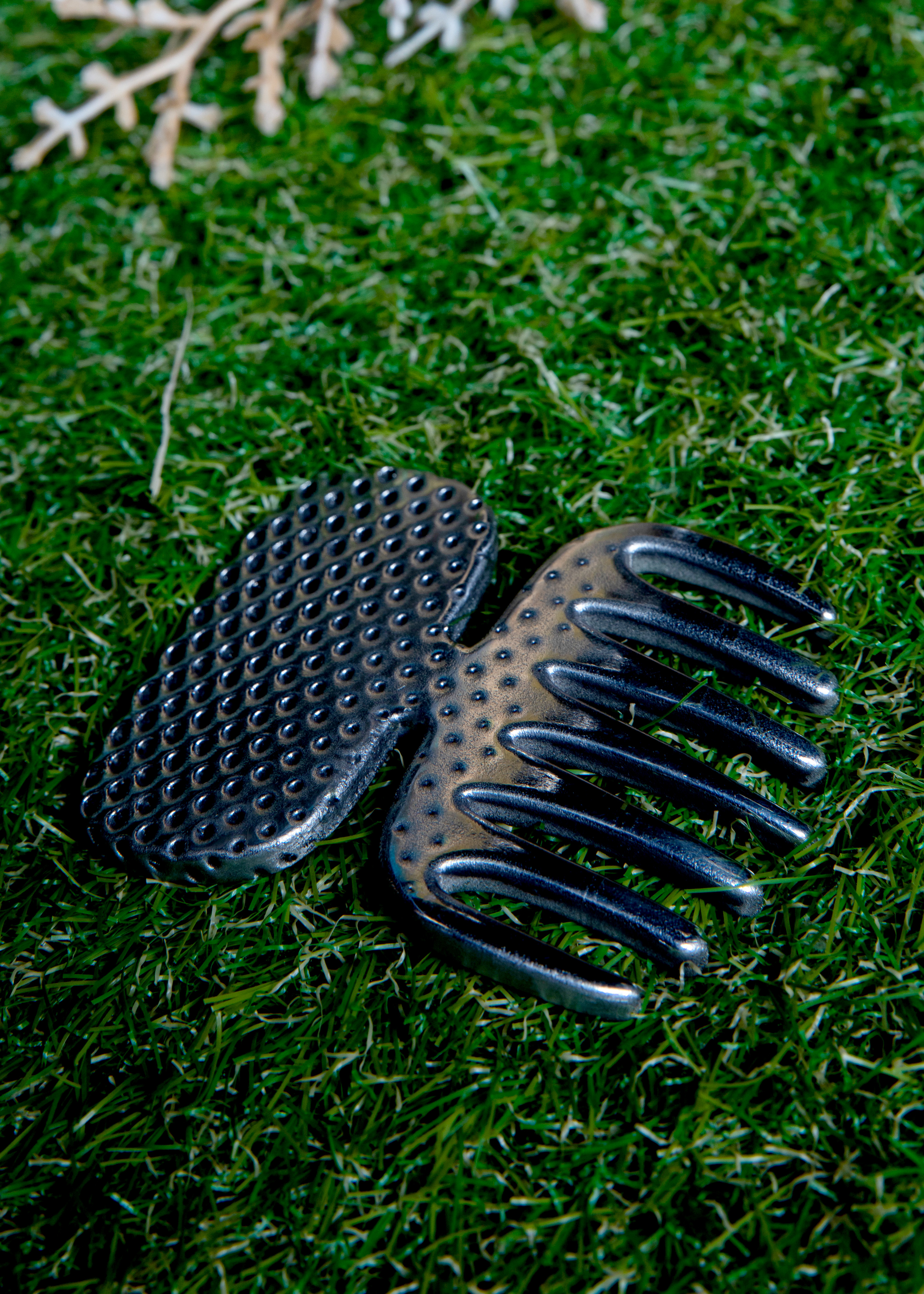

Logi Pedro Stefánsson / Love letter to Litla-Kongó
Love Letter to Litla Kongó is a body of work celebrating the intersection between Icelandic and African Diasporic cultures. Despite Iceland's reputation as a homogeneous nation, the fact is that Iceland has a history of Icelanders with African heritage traced to the slave Hans Jónatan, who fled from Denmark in 1802. Hans’ story was never documented during his lifetime, and his legacy reduced to folklore. Djúpivogur, his village, was later mockingly referred to as "Little Congo". Presented is a collection of objects from contemporary Nordic societies, imagined through the diasporic lens. A re-evaluation of Nordic history and heritage, while celebrating the diverse communities in Iceland.
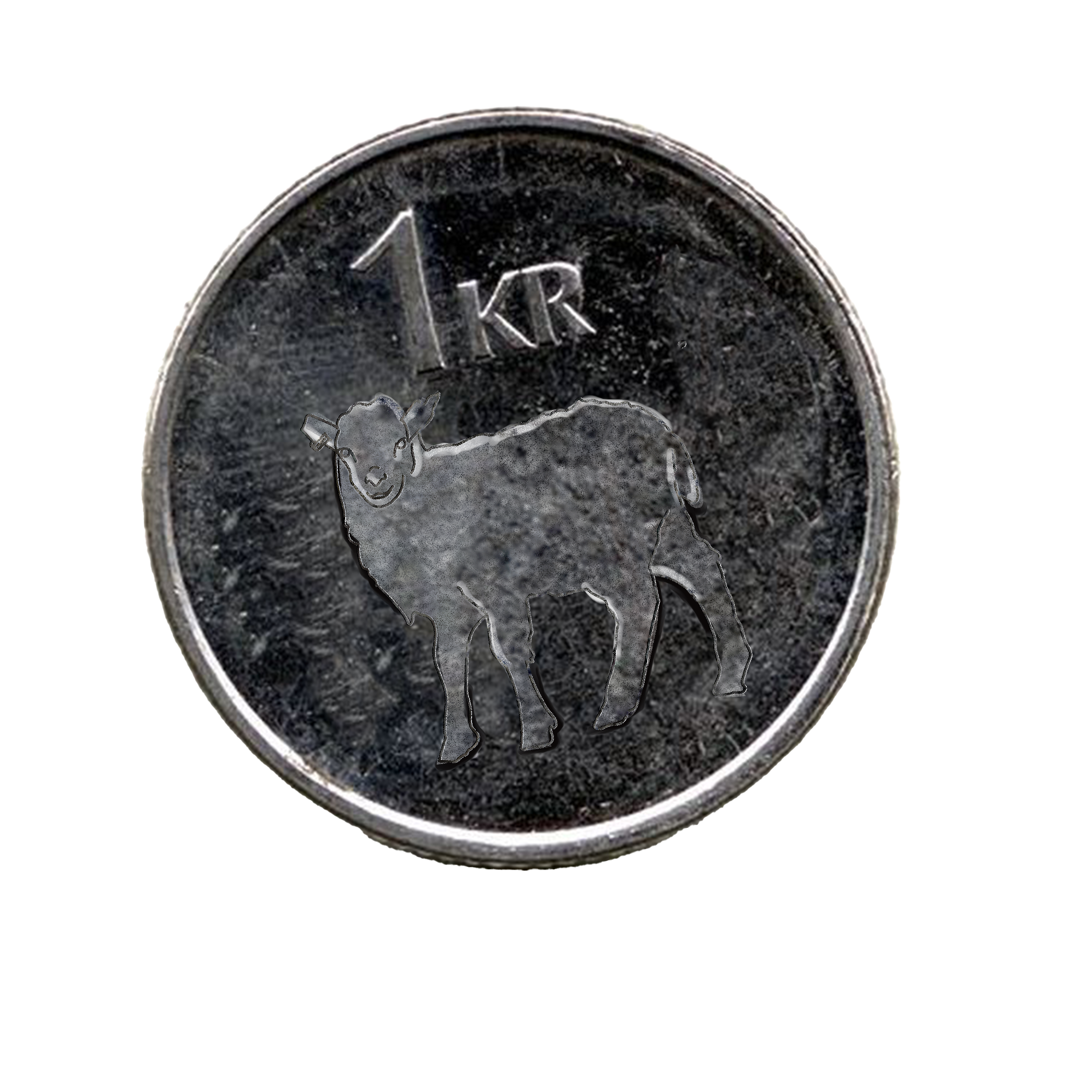
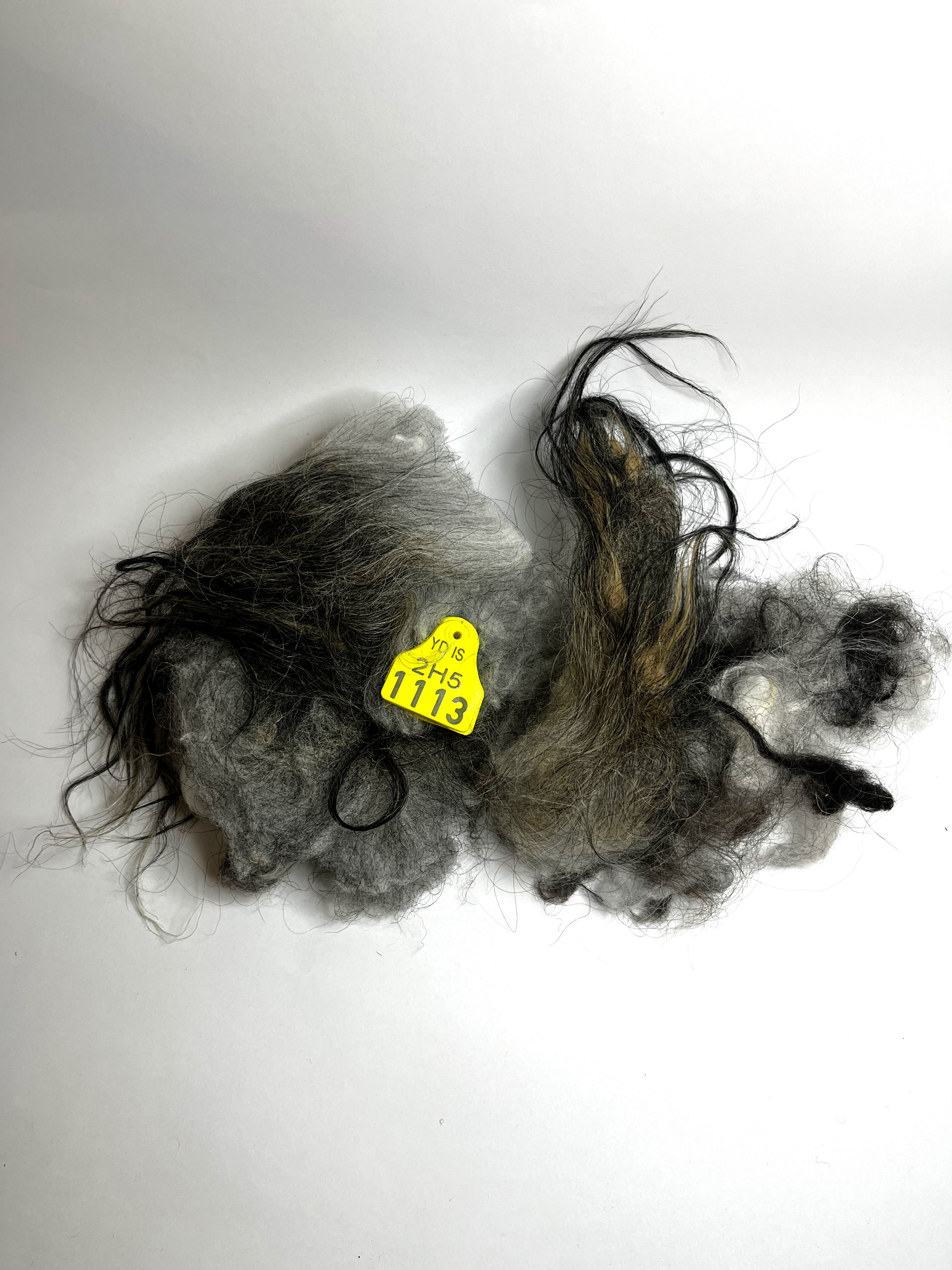
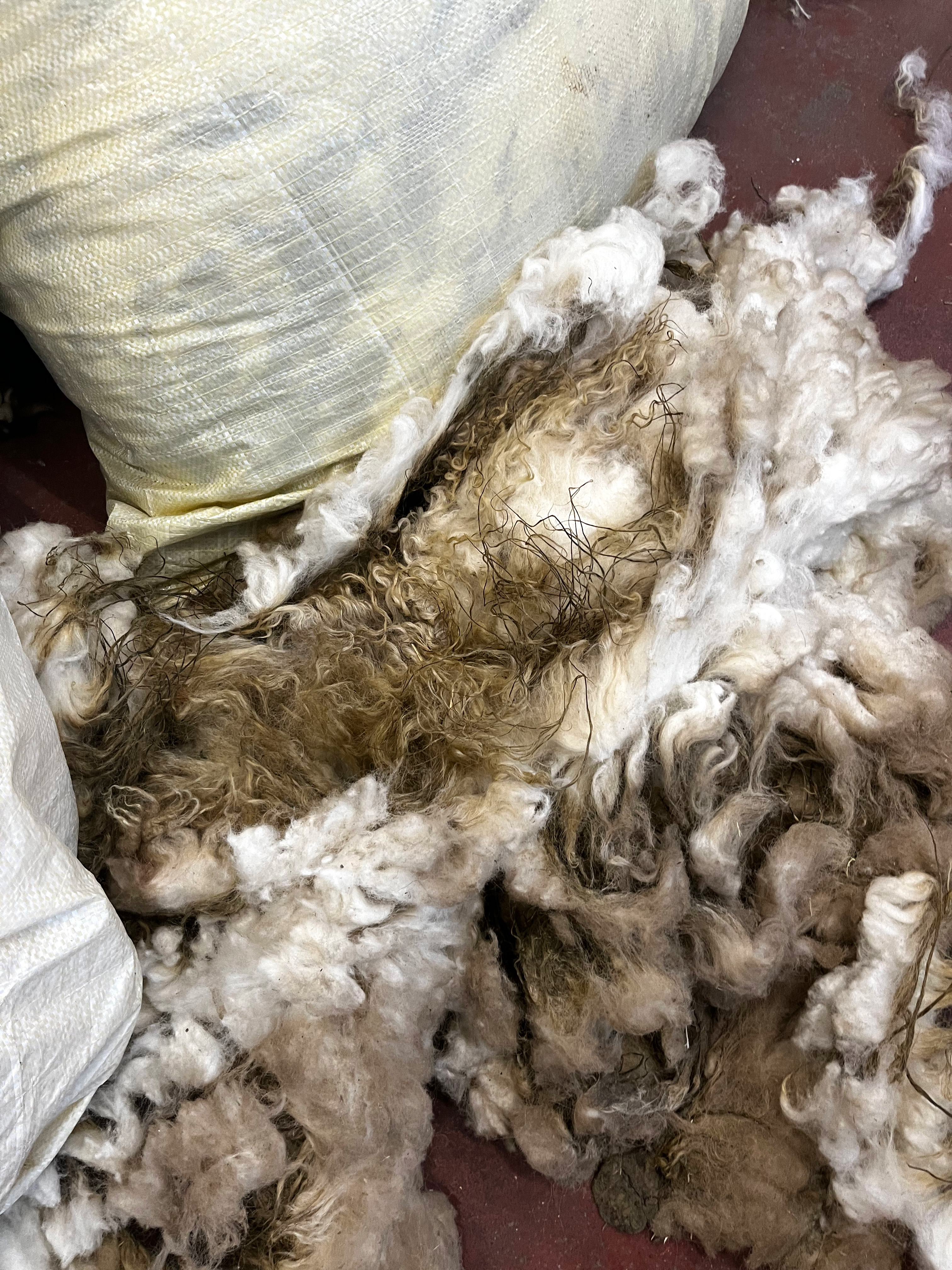

Valgerður Birna Jónsdóttir / The Golden Fleece
Fé, is an old Icelandic word that can be translated into both sheep and money, denoting the wealth of the large sheep farm of earlier times. Today however, farmers struggle to financially survive from what their sheep produce.
Icelandic sheep farming has increasingly narrowed its focus on lamb-meat production while the value of the wool has been forgotten. The current research demonstrates that valorising the wool may make it more profitable than the lamb-meat. In her quest for The Golden Fleece the designer allows the raw material to guide the creative process. The results are unique patterns highlighting the magnificent range of colors found in the wool of Icelandic sheep.

